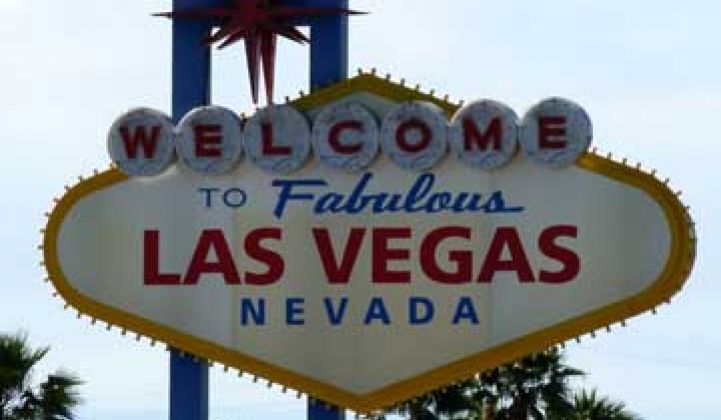EcoFactor successfully completed a residential demand response pilot with NV Energy in 2010 and it will be expanded this summer.
The Las Vegas pilot in 2010 garnered 36 percent better results than traditional residential DR programs, which might raise the temperature up to four degrees -- just enough that people might start to notice and complain. EcoFactor, on the other hand, keeps the temperature within one degree of preferred temps through pre-cooling using weather, air conditioner capacity, and the thermal storage capacity of each individual home.
Unlike many other home area network technologies that utilities are trying out, EcoFactor is all about automation. A recent study released by the company said that it can cut an average home’s utility bill by 17 percent per month.
EcoFactor’s largest deployment to date is in Texas, where more than 1,000 homes in Oncor’s territory are using thermostats that come with the company's signature software service, which micromanages a home’s heating and cooling within a customer’s set parameters. The NV Energy pilot will be expanded to more areas of Las Vegas and some parts of Reno this summer. Nearly half of peak load in the cities is due to residential AC in summer. Overall, NV Energy is looking for 400 MW of demand response capacity in coming years.
The pilot, however, is not a clear win. Just six months ago, Control4 and NV Energy announced a deal to deliver at least 20,000 Control4 energy displays and wireless thermostats to residents. Although that announcement was one of the (potentially) largest hardware deployments of HAN technology, the pilots with EcoFactor show that utilities are still shopping around. EcoFactor says it can run its service on any hardware.
Hardware such as EcoFactor’s thermostat, and the service that comes with it (or Control4’s systems) are far more expensive than programs based on paper feedback and basic websites with behavioral motivation -- like what OPower is offering. However, for double-digit cash savings and high demand-response uptake, hardware is necessary.
In Nevada, where peak load is huge in the sweltering summer, the utility has rebranded its consumer-facing smart grid efforts as “Advanced Service Delivery” in an effort to find solutions that work for the customer, and not just the utility.
For now, it seems that most utilities, including NV Energy, are testing out what those solutions are and hedging their bets.



